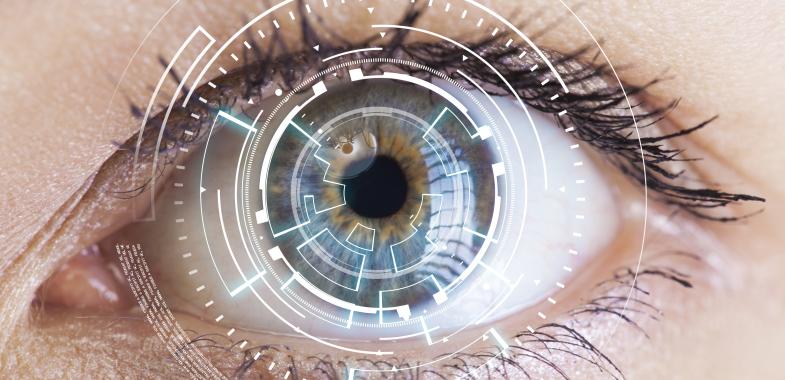
What your eyes say about your health
Your eyes can paint a remarkable picture of your overall health and well-being. An ophthalmologist, a medical doctor who specializes in the diagnosis of eye conditions and the medical and surgical treatment of those conditions, can tell a lot about your health by examining the structure of your eye. When they look into your eyes, they are not only searching for eye-specific diseases—like cataracts, glaucoma, or macular degeneration—but also signs that point to chronic diseases affecting other parts of your body, such as diabetes, high blood pressure, high cholesterol, vascular disease or autoimmune disease.
Take a closer look at these common chronic conditions and how they can affect your eyes.
Stress
When you feel stressed, tired, and are consuming a lot of caffeine, your eyelids may start twitching. An eyelid twitch is a rapid, involuntary spasm of your upper or lower eyelid muscle. They’re often unpredictable and can occur every few seconds or minutes apart.
Most eyelid twitches go away on their own, but if yours does not, try getting more sleep, reducing caffeine intake, or applying a warm compress to your eye. If the eyelid twitch won’t go away or causes your eye to spasm closed, it is time to call your L.O. Eye Care ophthalmologist.
Diabetes
Patients with Type 1 and Type 2 diabetes may be at risk for a common complication called diabetic retinopathy. It occurs when retinal blood vessels become leaky causing hemorrhages and swelling in the retina. New abnormal blood vessels grow on the surface of the retina and can cause bleeding inside the eye.
The first sign of diabetic retinopathy is often blurry vision, but many patients don’t experience noticeable symptoms at all. If caught early, ophthalmologists can treat these abnormalities prevent permanent vision loss. They can also help motivate patients to get their blood sugar under control.
Hypertension
When your doctor examines the back of your eye, they can directly see the retinal blood vessels. Narrowing or kinks in the blood vessels in the back of the eye may be a sign of high blood pressure. The best way to prevent further damage to these delicate blood vessels is to control your high blood pressure with lifestyle changes or medication.
High cholesterol
Arcus senilis, a white, blue, or gray ring on the edge of the cornea, is commonly seen in older patients. However, in patients in their 40s and younger, it may be a sign of high cholesterol. A blood cholesterol test is necessary to determine if the patient has elevated cholesterol. Further evaluation from the patient’s primary care physician will need to be done to determine if lifestyle modification and/or medication would be needed.
Liver damage
If your eyes have a yellowish tint, it could be a sign of liver damage. When your liver is inflamed or damaged, it produces a substance called bilirubin, which in high levels can change the appearance of your eyes and skin. Your primary care physician will then work with you to determine the cause of your liver damage and recommend lifestyle changes or medications that could help treat or slow the damage.
Grave’s disease
Grave’s disease is an autoimmune disorder that leads to hyperthyroidism. It can cause the eyes to bulge outward even after the hyperthyroidism has been treated. Other symptoms can include dry eyes, incomplete closure of the eyelids, and double vision. Any patient with Grave’s eye disease should be followed by an ophthalmologist.
Your eyes can provide an important window into your overall health, helping your ophthalmologists to identify signs of eye diseases or other chronic illnesses. Many of these illnesses can show up in your eyes before other symptoms emerge, so it’s important to schedule annual comprehensive eye exams to maintain a healthy lifestyle.